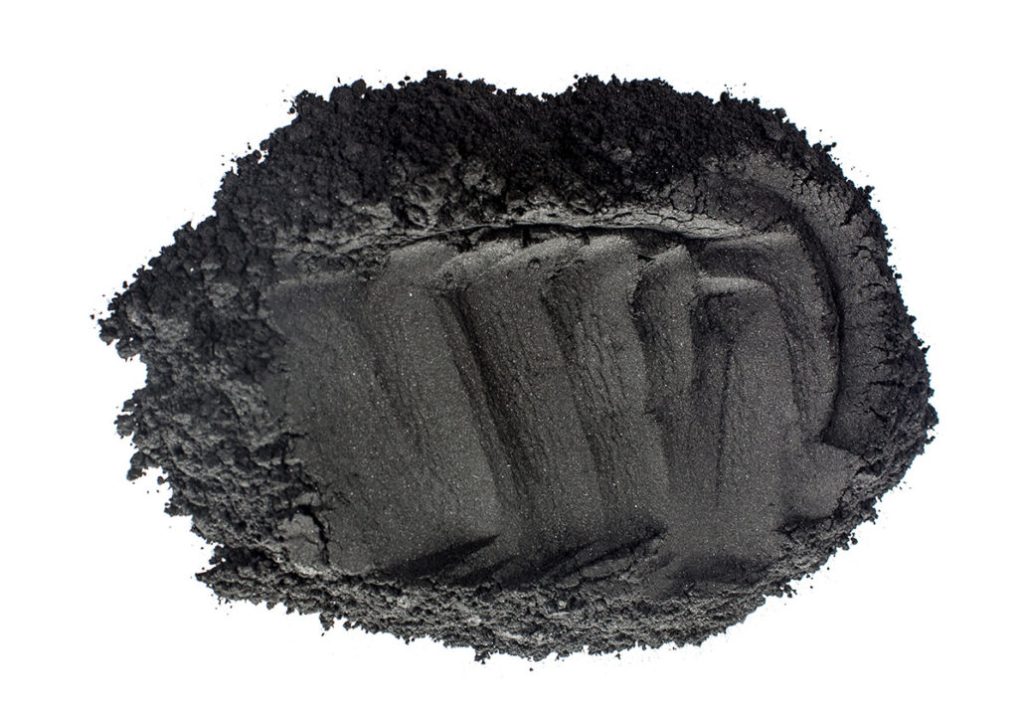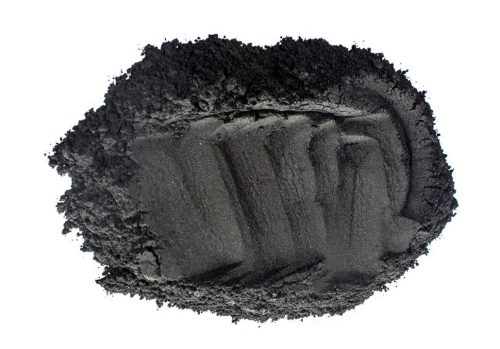Graphite is our commonly used negative electrode material, and graphite can also be divided into natural graphite and artificial graphite. Here are the differences between the two:
1. Structural distinction
Natural graphite is divided into amorphous graphite and flake graphite according to its crystal form. Amorphous graphite has low purity, mainly has a 2H crystal plane ordering structure, has high irreversible capacity, and the reversible capacity is 260mAh/g. Flake graphite has high purity, orderly structure, mainly 2H+3R crystal plane arrangement structure, and high reversible capacity, about 360mAh/g.
Artificial graphite is a highly ordered graphite structure obtained by treating some carbon materials that are easy to form a graphitized structure at high temperatures in an inert gas. Typical examples include graphite fiber, MCMB, petroleum coke system, and needle coke system.
2. Physical form:
Natural graphite usually exists in powder form.
Artificial graphite comes in many forms, including powder, fiber and block.
3. Specific surface area
Natural graphite has layered pores inside and a large specific surface area.
Artificial graphite particles are solid and have a small specific surface area.
4. Conductivity
For graphite of the same purity and particle size, natural graphite has better conductivity.
Although artificial graphite has high purity, its degree of graphitization is low, and its conductivity is generally poor.
5. Compaction performance:
Natural graphite material is soft, has higher compaction and is not easy to rebound after compaction.
Artificial graphite material is harder, the compaction is relatively low, and the corresponding rebound will be larger.
6.Cycle performance
Natural graphite has many surface defects, serious side reactions, poor compatibility with electrolytes (such as PC), and its cycle performance is not as good as artificial graphite.
7. Cost
Natural graphite is cheaper than artificial graphite


